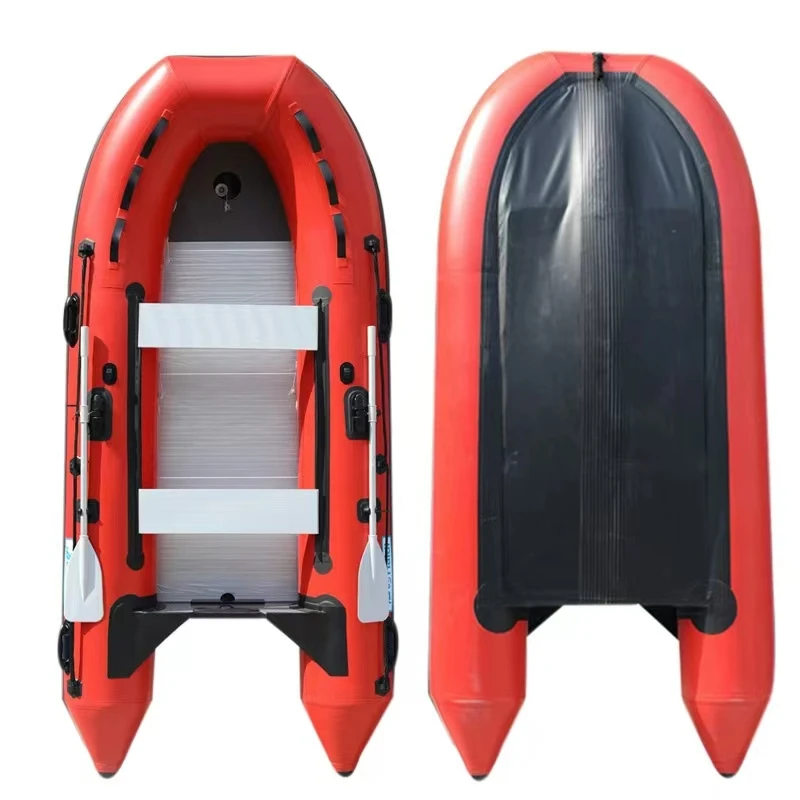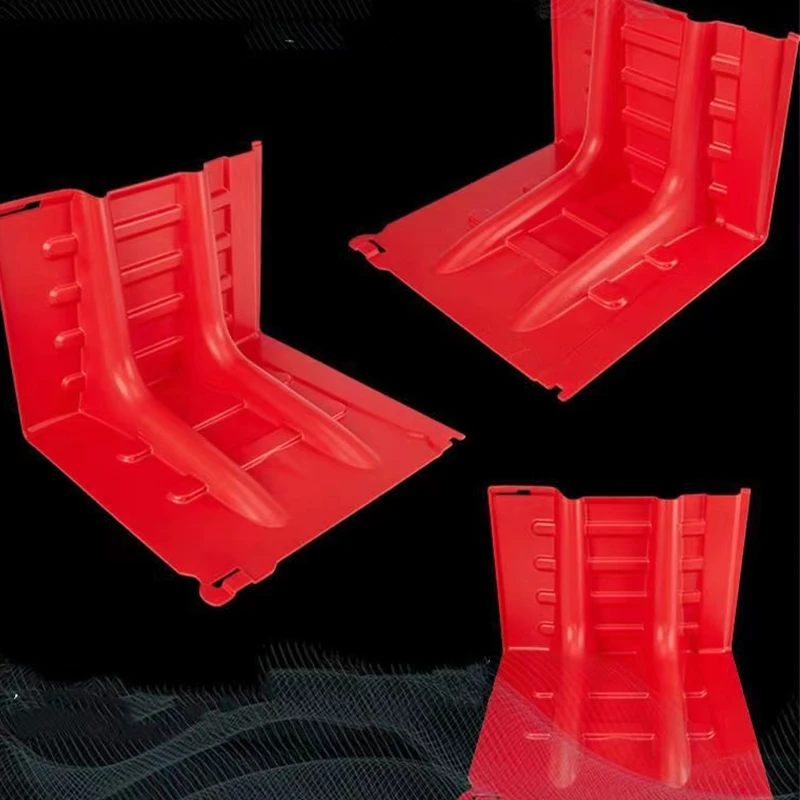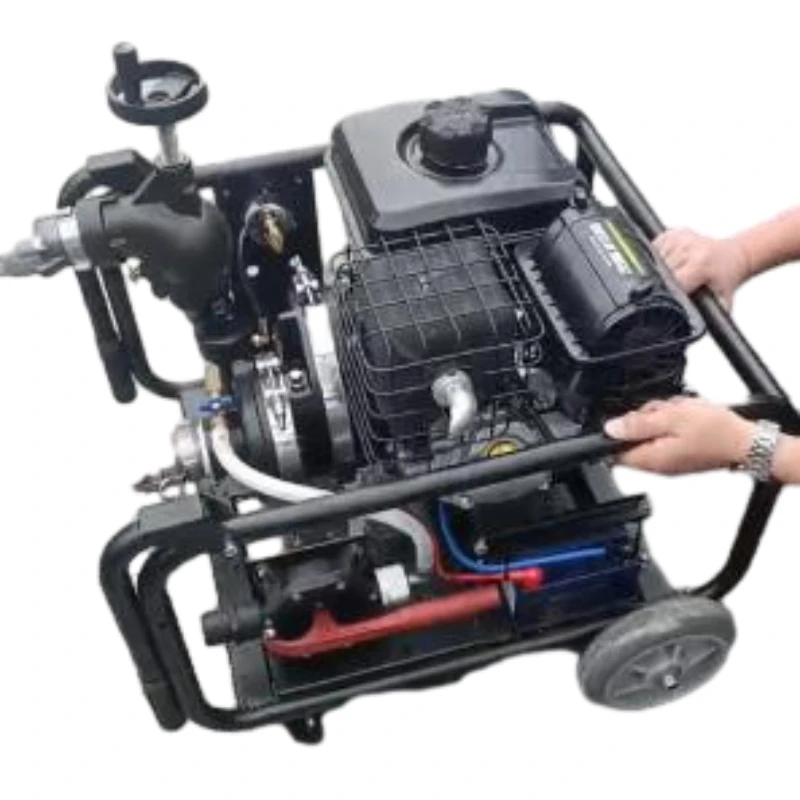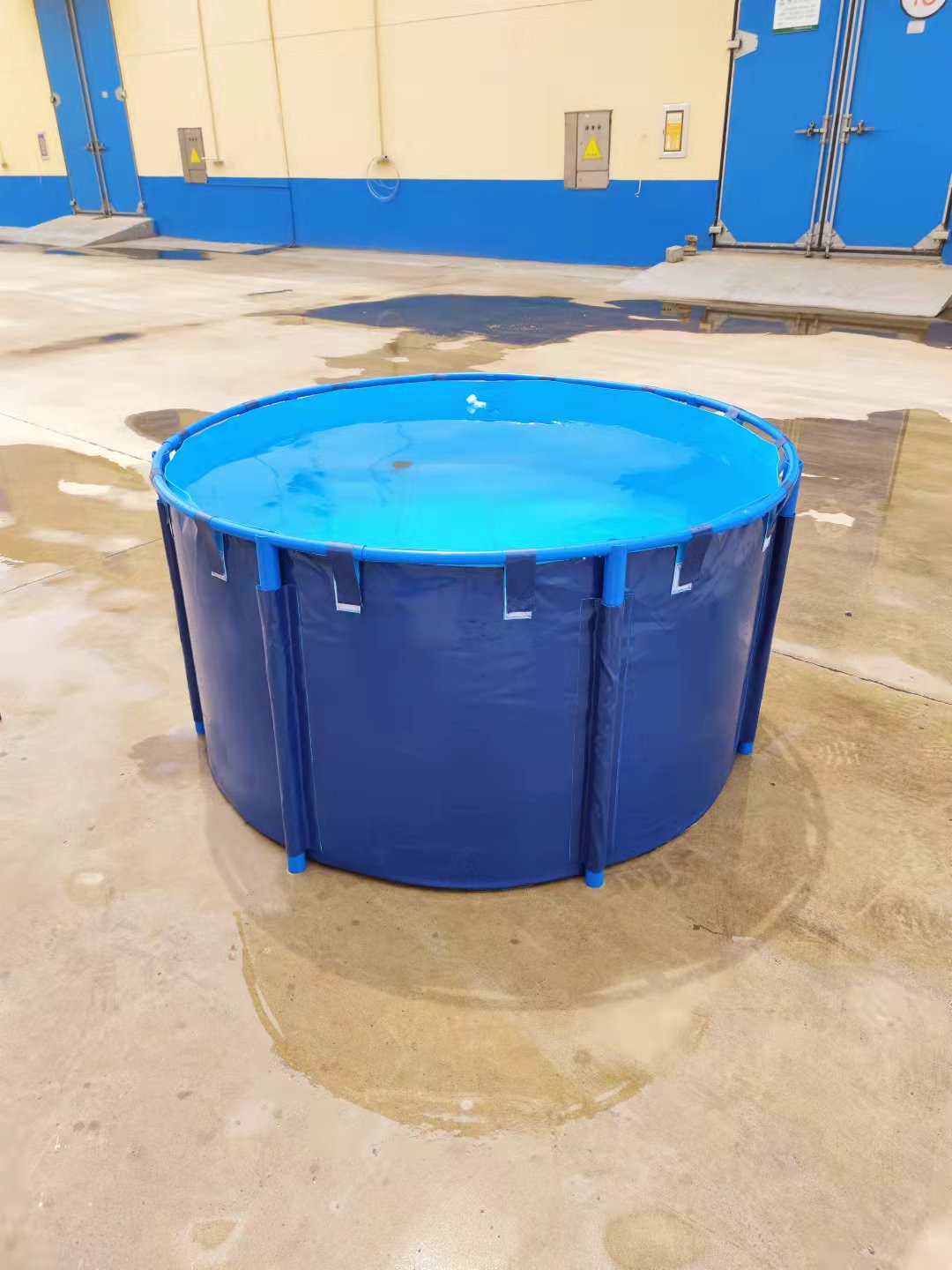Understanding Water Pumps for Fire Trucks: The Lifeblood of Firefighting
Water pumps for fire trucks might sound straightforward—after all, they just move water, right? But if you pause for a moment and think about it, they’re actually the high-performance heart of firefighting operations worldwide. From bustling megacities to remote villages, these pumps deliver the crucial water pressure and volume firefighters depend on to save lives and property. Understanding their design, technology, and applications reveals a story of global significance, melding engineering, safety, and humanitarian effort.
Globally, wildfires, urban blazes, and industrial accidents demand reliable water delivery that few other tools can provide. According to the United Nations Climate Change reports, climate change is increasing the intensity and frequency of such disasters, making advances in firefighting technology more pressing than ever.
Why Water Pumps for Fire Trucks Matter on a Global Scale
Water pumps for fire trucks are not just pieces of equipment; they're strategic assets in public safety. Roughly 60% of fire departments globally rely on mounted pumps that deliver at least 500 gallons per minute (GPM) — a number that might seem arbitrary but is rooted deeply in firefighting standards like those from ISO and NFPA (National Fire Protection Association).
Without adequate pumping power, fire crews face an uphill battle. Insufficient pressure or volume can mean delayed containment, risking human lives and environmental damage. These pumps also face challenges in disaster zones where reliable water supplies may not exist or infrastructure is damaged—requiring versatile, robust equipment capable of performing under almost any condition.
In a sense, water pumps are the unsung heroes, quietly ensuring hoses don’t go limp in the heat of the moment.
What Exactly Are Water Pumps for Fire Trucks?
Simply put, water pumps for fire trucks are specialized mechanical devices designed to draw water from sources—hydrants, water tanks, or natural bodies of water—and push it through hoses at high pressure. Unlike your garden pump, these are engineered for rapid deployment and extreme reliability under harsh conditions.
They bridge the gap between water source and firefighting effort. Essential for municipal fire departments, industrial firefighting teams, and wildfire response units alike, their performance directly impacts response effectiveness.
Key Components That Define Quality and Performance
Durability
Firefighting is rugged work. Pumps are typically made from corrosion-resistant alloys like bronze or stainless steel to withstand exposure to chemicals, saltwater, and high temperatures. Their housings and seals need to endure continuous operation.
Pressure & Flow Rate
Two critical specs: pressure, measured in pounds per square inch (PSI), dictates how far water can be sprayed, while flow rate (GPM) ensures enough volume reaches the fire. A balance here is crucial — more pressure with lower volume may not extinguish rapidly; high volume with low pressure may lack reach.
Portability & Integration
Fire pumps must fit seamlessly with the truck’s engine and water tanks. Some models can switch between direct engine-driven operation or auxiliary power, offering flexibility in the field.
Reliability
They can't fail mid-operation. That’s why many pumps incorporate multiple redundancies, diagnostics, and quick maintenance features. Emergency crews need the assurance that when they pull the lever, the water flows.
Cost Efficiency
Fire departments often face tight budgets, so pumps that minimize fuel consumption, reduce maintenance downtime, and extend service life tend to be favored. Over decades, operational reliability directly saves lives and money.
Ease of Maintenance
Given that fire trucks operate globally—even in remote areas—the ease of part replacement and repair is vital to keep pumps running without delays.
Where and How Are These Pumps Used Around the World?
- Urban Fire Departments: For densely populated cities, rapid pump deployment ensures fires don’t spread to contiguous structures. Examples include New York FDNY and London Fire Brigade, both relying on pumps rated above 1,000 GPM.
- Wildfire Operations: In California or Australia, portable pumps attached to off-road fire trucks can work off rivers or reservoirs where hydrants don’t exist.
- Industrial and Hazardous Facilities: Chemical plants or oil refineries utilize highly specialized pumps integrated into firefighting vehicles carrying foam and various suppressants.
- Disaster Relief Efforts: After floods or earthquakes, where infrastructure breaks down, mobile water pump units help both firefighting and emergency water supply efforts.
The diverse environments show just how adaptable and mission-critical these pumps are globally.
Mini Takeaway:
Water pumps for fire trucks aren’t “one size fits all” but are tailored to fit wildly different scenarios – urban chaos, rugged wild areas, and complex industrial zones. Knowing where and how they operate highlights why their design must be both specialized and flexible.
Advantages and the Long-Term Value of Robust Fire Truck Pumps
Fire pumps deliver far more than water — they deliver safety, trust, and peace of mind. The tangible benefits include:
- Improved Response Times: Faster water delivery means fires are controlled before devastation escalates.
- Cost Savings: Efficient pumps use less fuel, require fewer repairs, and avoid costly large-scale disasters.
- Sustainability: Modern pumps increasingly adopt eco-friendly engines and materials, reflecting wider environmental priorities.
- Social Impact: By reducing fire damage, communities retain homes, jobs, and heritage.
Emotionally, firefighters depend on reliable gear — pumps that won’t quit when stakes are highest, giving confidence to those who face danger every day.
Future Trends Shaping Water Pump Technology
Looking ahead, several exciting innovations are emerging:
- Electric and Hybrid Pumps: Reducing emissions and noise while maintaining power output.
- Digital Monitoring: Sensors embedded in pumps to track performance and predict maintenance, integrating with smart fire trucks.
- Lightweight Materials: Advanced composites making pumps easier to carry and install.
- Automation: Systems that adjust pump output automatically based on fire intensity and hose configurations.
You could say firefighting technology is quietly entering the era of “Industry 4.0” — even here, in the business of pumping water.
Common Challenges and How Experts Tackle Them
Despite advances, challenges persist:
- Dependence on Reliable Water Sources: In drought or disaster zones, water scarcity can limit pump usefulness. Some teams now carry portable water reservoirs or deploy additional logistics.
- Maintenance in Harsh Environments: Corrosion and wear remain concerns; however, newer pump designs use better seals and coatings to extend life.
- Training Gaps: Complex equipment requires knowledgeable operators—fire departments invest heavily in continuous training and simulator work.
Many departments collaborate internationally — sharing innovations and responding to global climate shifts with technology and smart strategy.
Product Specification Table: Typical Water Pump Model
| Feature | Value | Notes |
|---|---|---|
| Flow Rate | 750 GPM | Suitable for urban firefighting |
| Max Pressure | 250 PSI | Maintains hose integrity |
| Material | Bronze alloy | Corrosion resistance |
| Weight | 85 kg (187 lbs) | Relatively lightweight |
| Power Source | Engine-driven / Electric hybrid | Flexibility in deployment |
Vendor Comparison: Leading Water Pump Manufacturers
| Manufacturer | Flow Rate Range (GPM) | Material | Price Range (USD) | Special Features |
|---|---|---|---|---|
| PumpPro Systems | 500-1200 | Bronze, Stainless Steel | $15,000-$30,000 | Hybrid power, auto diagnostics |
| FireFlow Solutions | 700-1500 | Stainless Steel | $20,000-$35,000 | Built-in foam systems |
| HydroFire Equipment | 400-900 | Aluminum Alloy | $12,000-$25,000 | Lightweight design |
Frequently Asked Questions About Water Pumps for Fire Trucks
- Q1: How do water pumps for fire trucks impact firefighting effectiveness?
- They control water pressure and volume, enabling firefighters to reach and douse flames quickly. A reliable pump means launching a focused attack on fires rather than a haphazard spray — critical to saving lives and property.
- Q2: What maintenance is required to keep water pumps operational?
- Regular inspections, cleaning, seal replacement, and testing pump pressure are essential. Many fire departments follow ISO or NFPA standards to ensure pumps operate flawlessly when needed.
- Q3: Can water pumps for fire trucks be used in areas without hydrant access?
- Absolutely. Portable pumps can draft water from lakes, rivers, or tanks, making them vital in rural or disaster-stricken regions lacking infrastructure.
- Q4: Are electric or hybrid water pumps financially viable for fire departments?
- Initially more expensive, but the long-term savings from fuel efficiency, reduced emissions, and less maintenance often justify the investment — especially in environmentally conscious communities.
- Q5: How quickly can water pumps be deployed during emergency responses?
- Modern pump designs allow for near-instant activation, often within minutes. Training and equipment design both contribute to rapid setup and operation in emergencies.
Conclusion: A Vital Investment for Safety and Progress
Water pumps for fire trucks are critical, often overlooked components that shape the effectiveness of firefighting globally. They combine engineering precision with rugged dependability to meet the intense demands of emergency response — from city streets to wilderness firelines. The future looks bright with advances in sustainability and digital technology, but the core mission remains unchanged: deliver water fast, reliably, and powerfully.
If you want to explore more about advanced water pumps or related firefighting equipment, visit our website water pumps for fire trucks. Your next reliable pump could be just a click away.





















